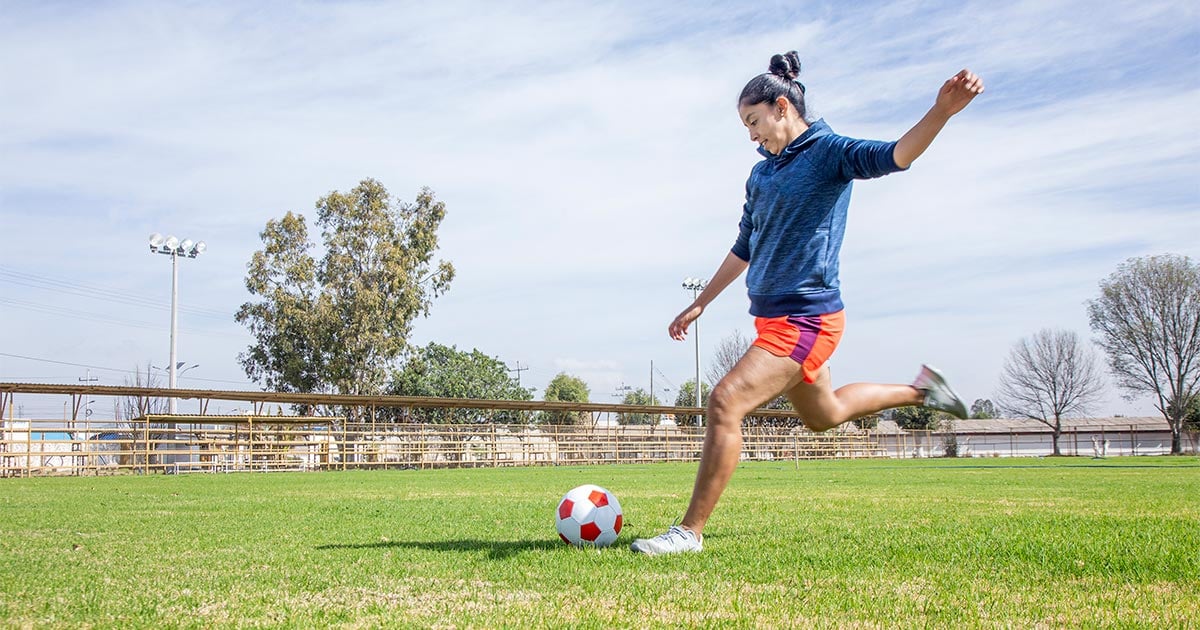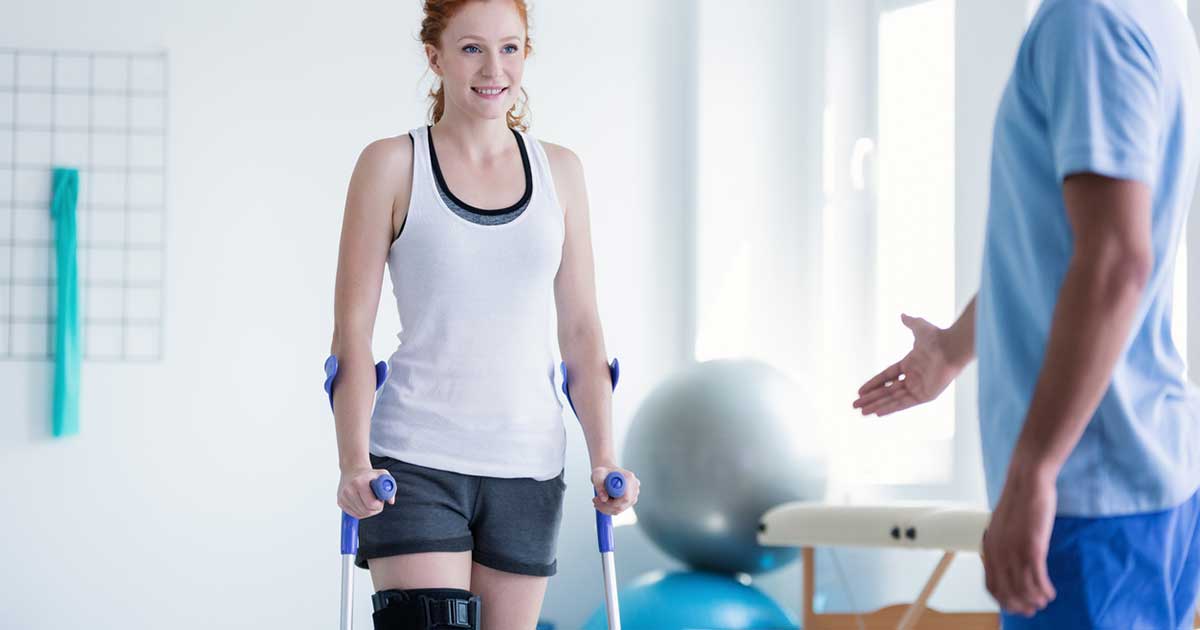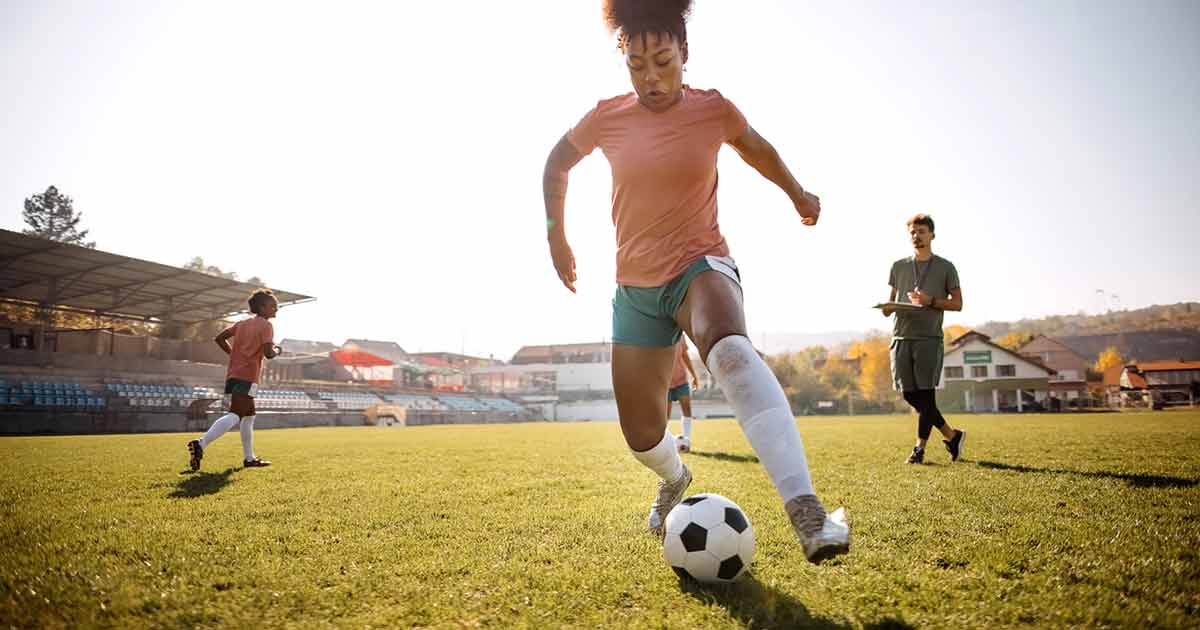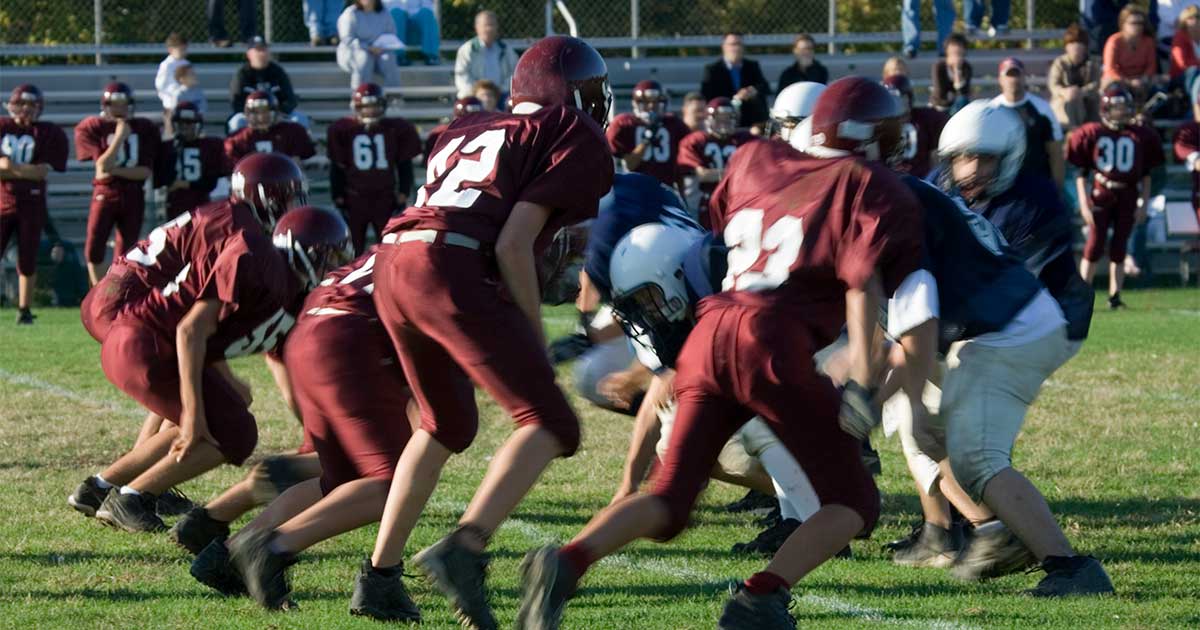
Advice to improve your movement, fitness, and overall health from the #1 in orthopedics in the U.S.
ACL Surgery Recovery: Everything You Need to Know
Learn about recovery after ACL surgery, including when most people can return to day-to-day routines and the timeline for getting back to sports.
Advice to improve your movement, fitness, and overall health from the #1 in orthopedics in the U.S.

“Unfortunately, when you tear your ACL, it doesn't heal like some of the other ligaments in the knee that have that capability,” says Patrick Vignona, PT, MSPT, SCS, Cert MDT, a physical therapist at HSS. “Once the ACL is torn, it cannot regenerate itself.”
According to Vignona, ACL tears can happen to anyone but are most common in athletes. “Typically, it’s in the high school, college and professional sports settings,” he explains. But many doctors and physical therapists also see ACL tears in recreational skiers and weekend athletes.
When ACL Surgery Is Needed
Not everyone with a torn ACL needs surgery, but many people benefit from it. Whether surgery is the right choice usually depends on what kind of activity level you’re trying to get back to as well as your age.
Generally, if you’re looking just to walk or work out at the gym and you’re older, physical therapy for a torn ACL can get you back into shape. But if you’re looking to get back into playing a sport such as tennis or golf, or if you’re younger and have a lifetime of activity ahead, it’s important to have the stabilization that an intact ACL provides. In this case, your doctor may recommend surgery as an option.
Surgery to repair a torn ACL is typically a reconstruction. In this type of operation, a new ACL is made out of tissue taken from another part of the body (usually the hamstring, patellar tendon, or quadriceps tendon) or donated tissue.
In the first days after surgery, you will be in a brace and on crutches. You will have to allow time for your body to heal from the surgery. Then, you will typically start formal physical therapy within a week of surgery.
Exercises after ACL Surgery
Physical therapists work with people after ACL surgery to get their strength back to where it was before they were hurt. “Our primary goal is to return the knee to normal function first, such as with walking, squatting, and getting up and down stairs,” Vignona explains.
In order to achieve that, the knee has to recover from inflammation and start moving again. How long this takes depends on the extent of the surgery. If only the ACL was reconstructed, "it’s safe to say you will return to normal functioning by six weeks after surgery," he says. "If other tissue had to be repaired, such as meniscus or cartilage, recovery could take longer." In either case, using NSAIDs (non-steroidal anti-inflammatories) like ibuprofen or ice can help with swelling, inflammation and pain as you heal.
While each person’s recovery may look different, here are some exercises physical therapists typically prescribe for people after ACL surgery.
Range-of-Motion Exercises
Range-of-motion exercises are designed to do exactly that: expanding how far and how easily you can move. Early on after surgery, these types of exercises may include:
- moving the knee up and down
- moving the knee side to side
- flexing and extending the knee while seated (first with assistance and then on your own)
- riding a stationary bike or gently stretching the muscle groups around the knee, as recovery progresses
Strengthening Exercises
Regaining strength in the knee is essential to a good recovery. Some examples of strengthening exercises might include:
- calf raises
- straight leg raises
- squats
- step-ups
As your knee gets stronger, your physical therapist might include equipment such as a leg press machine to further strengthen your knee.
Balance Exercises
Having the ability to balance on your operated knee is another important part of recovery from ACL surgery. You will want to work on balancing on one leg with the knee slightly flexed. Having good balance is especially important for preventing falls after surgery.
Recovery Timeline
Physical therapists like to see certain milestones at various points in a person’s recovery, though again, each person is different. PTs will typically have their patients perform certain tests at 6 weeks, 12 weeks, 6 months, and 9 months after surgery. These tests let your physical therapist know that you are progressing well and regaining knee function after the surgery.
For most people, full recovery can happen rather quickly. “Typically, by that 3-month mark you're pretty much back to your normal daily life,” says Vignona. However, for athletes and those looking to get back to a sport, recovery can take some time. For this group, 8 months to a year after surgery is the average timeline for getting back to their previous athletic level.
In terms of daily activities after surgery, believe it or not, going down the stairs is even harder than walking up them and is something you and your physical therapist will want you to work on. “The quadricep has to be strong enough to be able to slow down your body when going down a step,” explains Vignona. Once you’re able to achieve this, normally around 8 to 12 weeks after surgery, it’s a positive sign that you’re able to return to your everyday activities.
Something else PTs look for is strength in the operated leg compared to the unaffected leg. Comparison with the other side is the best way to see how the operated knee is doing and keeping up with the healthy knee. “What we're looking for on the affected leg is your quad and hamstring to get within 10% strength of your other leg,” he says. Once you’ve regained that 10% strength, you can slowly start incorporating more movement and activity into your day-to-day routine.
As you can see, recovery after ACL surgery takes time and effort and depends on what level of activity you’re looking to get back to. While athletes may take longer to get back to their sport, most people will be able to resume their activities sooner. It’s important to be patient with yourself and follow the advice of your physical therapist. Having a successful recovery can make all the difference in regaining functioning in your knee and preventing complications after surgery.
Published 9/28/2023


